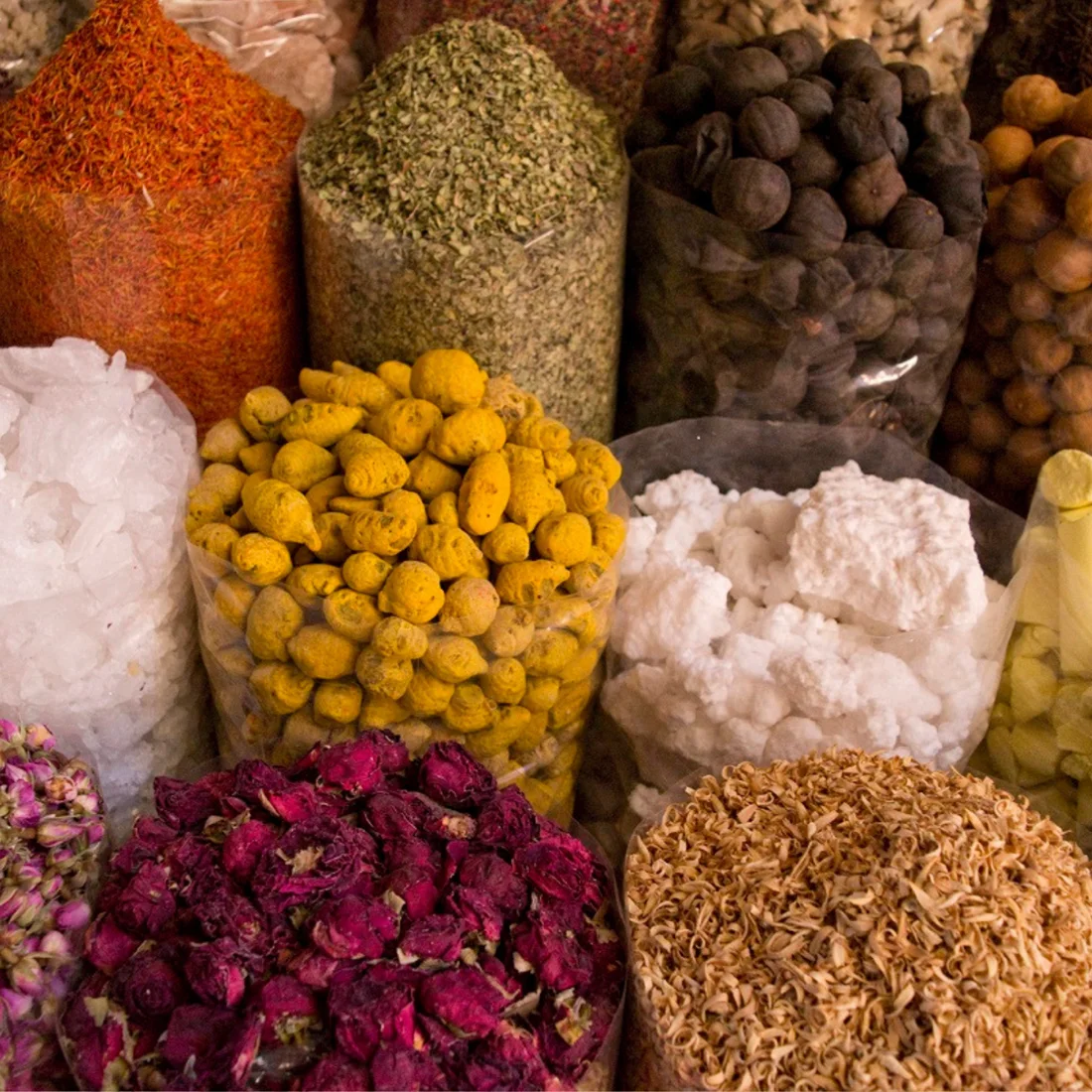In the world of agriculture, some crops are grown for their market value while others are grown solely to sustain a household. This article will explore whether spices can be classified as cash crops and how they fit into the overall agricultural landscape. We'll look at what makes a crop a cash crop and why spices may not be the best choice for commercial production. Read on to find out more!
What is a cash crops
A cash crop is a type of crop that is grown specifically for the purpose of generate income. The most common cash crops are those that are harvested for their seeds, fruits, or leaves, which can be used for either culinary or medicinal purposes. Cash crops are typically grown in large quantities in order to maximize profits, and are often exported to other countries where they can be sold at a higher price. While spices are not typically considered to be cash crops, they can certainly be grown for the purpose of generating income. Spices such as black pepper, cardamom, and cloves are all highly sought-after commodities, and can fetch a high price on the international market. If you are interested in growing spices as a cash crop, it is important to do your research beforehand in order to ensure that you are able to grow a high-quality product that will be in demand by buyers.
Why are spices considered to be a cash crop
Spices are considered to be a cash crop because they can be sold for a high price and are in demand by many people. They are also used to add flavor to food, which makes them a valuable ingredient in many dishes. They are also relatively easy to cultivate and require little maintenance, making them a great option for farmers looking to make a quick profit from their land. Spices can be grown in many different climates and require minimal investment, meaning they are an attractive option for smaller farmers looking to make money from their land.
How does a spice become a cash crop
When a spice is first harvested, it is typically sold to a middleman who then either sells it to a wholesaler or directly to a manufacturer. If the spice is sold to a wholesaler, it is then resold to a manufacturer. Once the spice reaches the manufacturer, it is mixed with other spices to create a finished product, which is then sold to retailers. The term "cash crop" is typically used to describe crops that are grown for commercial purposes, rather than for personal use. In order for a spice to become a cash crop, it must be grown on a large scale and sold for profit. Many spices are native to tropical countries, where they have been harvested for centuries. As demand for these spices has increased, so has the need for them to be grown on larger farms. In order for farmers to make a profit, they must sell their spices at a price that is higher than the cost of production. Some of the most popular cash crops include black pepper, ginger, nutmeg, and turmeric. These spices are in high demand from both consumers and manufacturers alike. As such, they commands high prices on the open market.
The types of spices that are grown as cash crops
There are many different spices that can be grown as cash crops. Some of the most popular spices include: -Black pepper -Cardamom -Cinnamon -Cloves -Ginger -Nutmeg -Turmeric These spices are all popular in many different cuisines and are used in a variety of dishes. They can be used to add flavor and depth to food, or to make food more spicy. Growing these spices as cash crops can be very profitable, as they are in high demand from both home cooks and professional chefs.
The importance of spices in the food industry, and how they manipulate taste
In the food industry, spices play a very important role in manipulating taste. They can make a dish more flavorful, or they can mask the taste of certain ingredients that some people may not enjoy. For example, cinnamon is often used to sweeten up savory dishes like curries, while cumin can add a smoky flavor to meats. Spices can also be used to add nutritional value to a dish. For example, turmeric is known for its anti-inflammatory properties, and ginger has been shown to aid in digestion. By including these spices in your dishes, you can not only make them more delicious, but also improve their overall health benefits. So next time you're cooking up a meal, don't be afraid to experiment with different spices. You may just find that they make all the difference in the flavor and nutrition of your dish!

 English
English





















